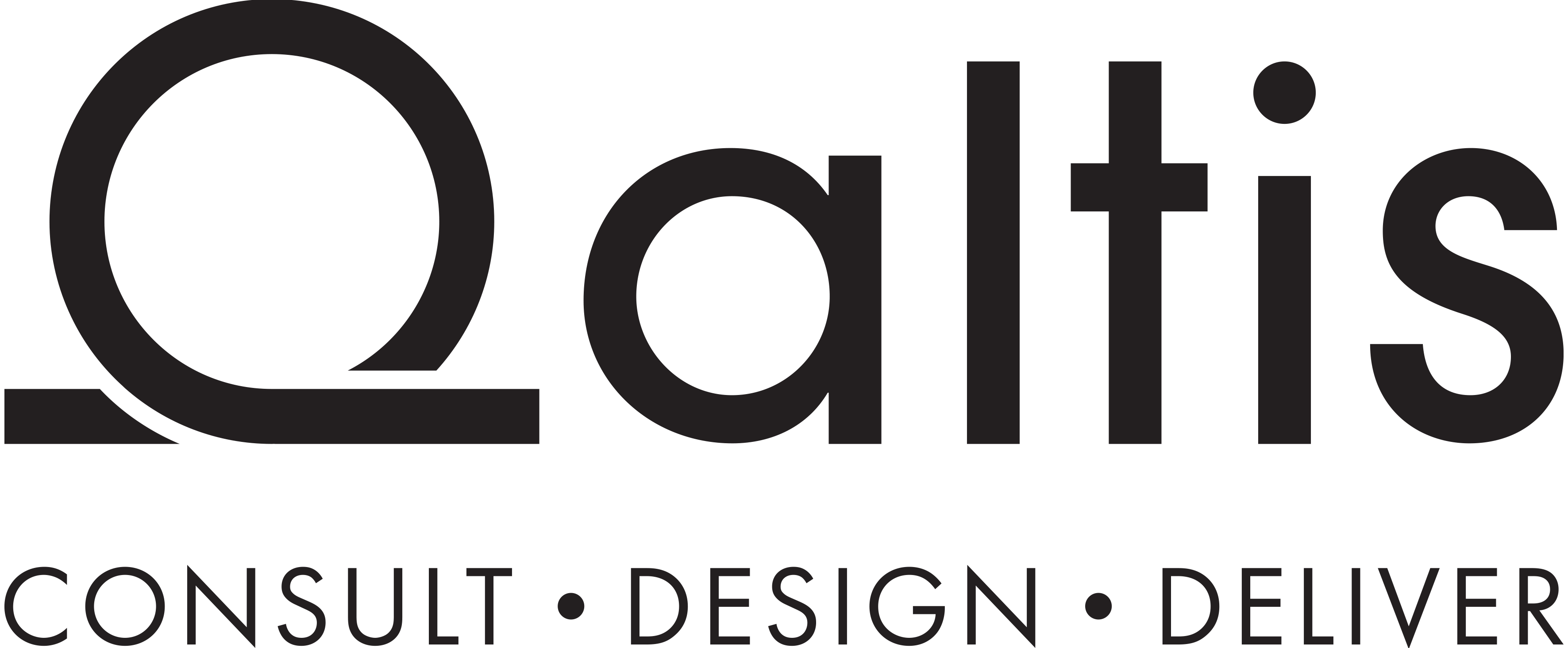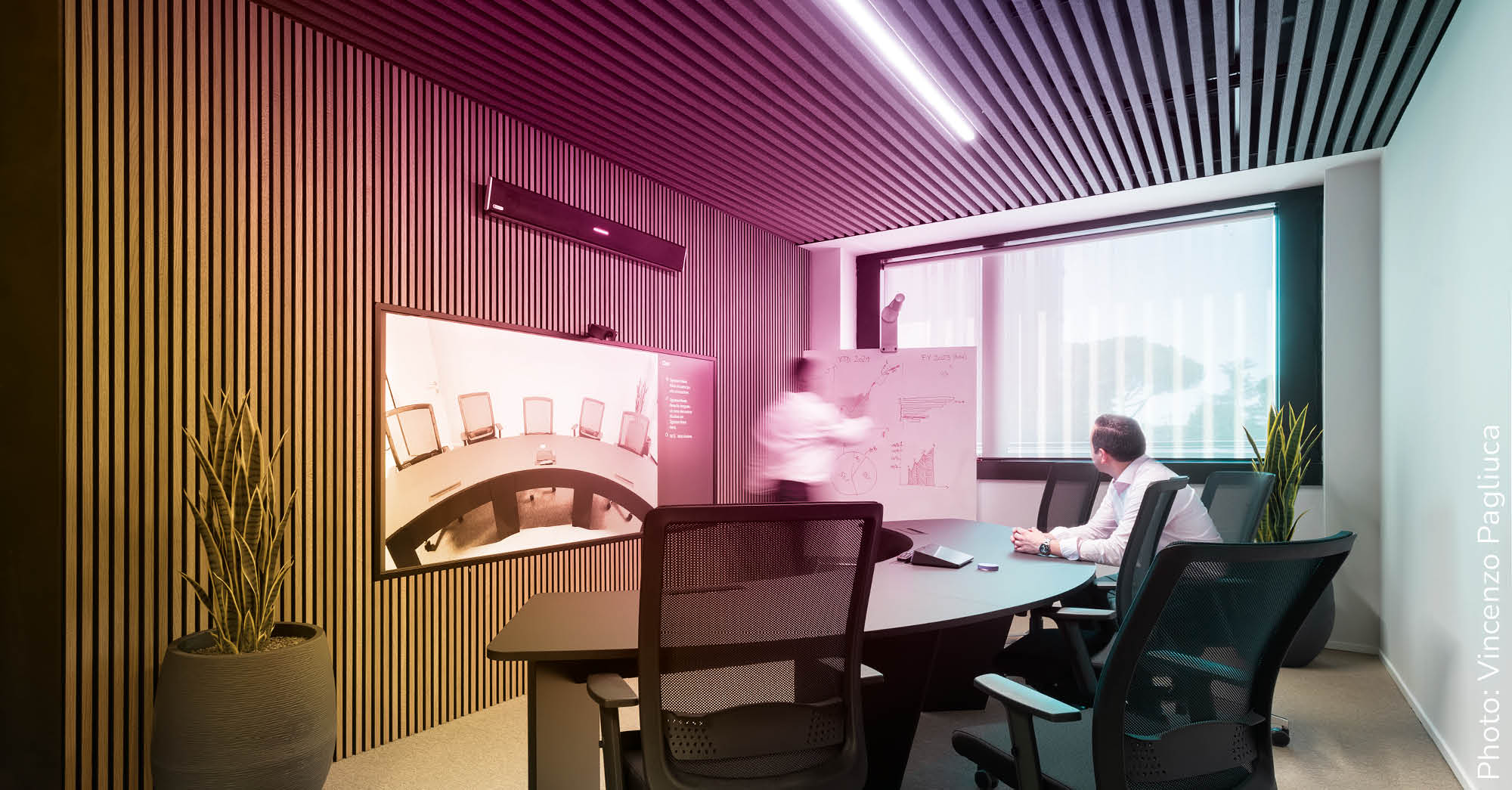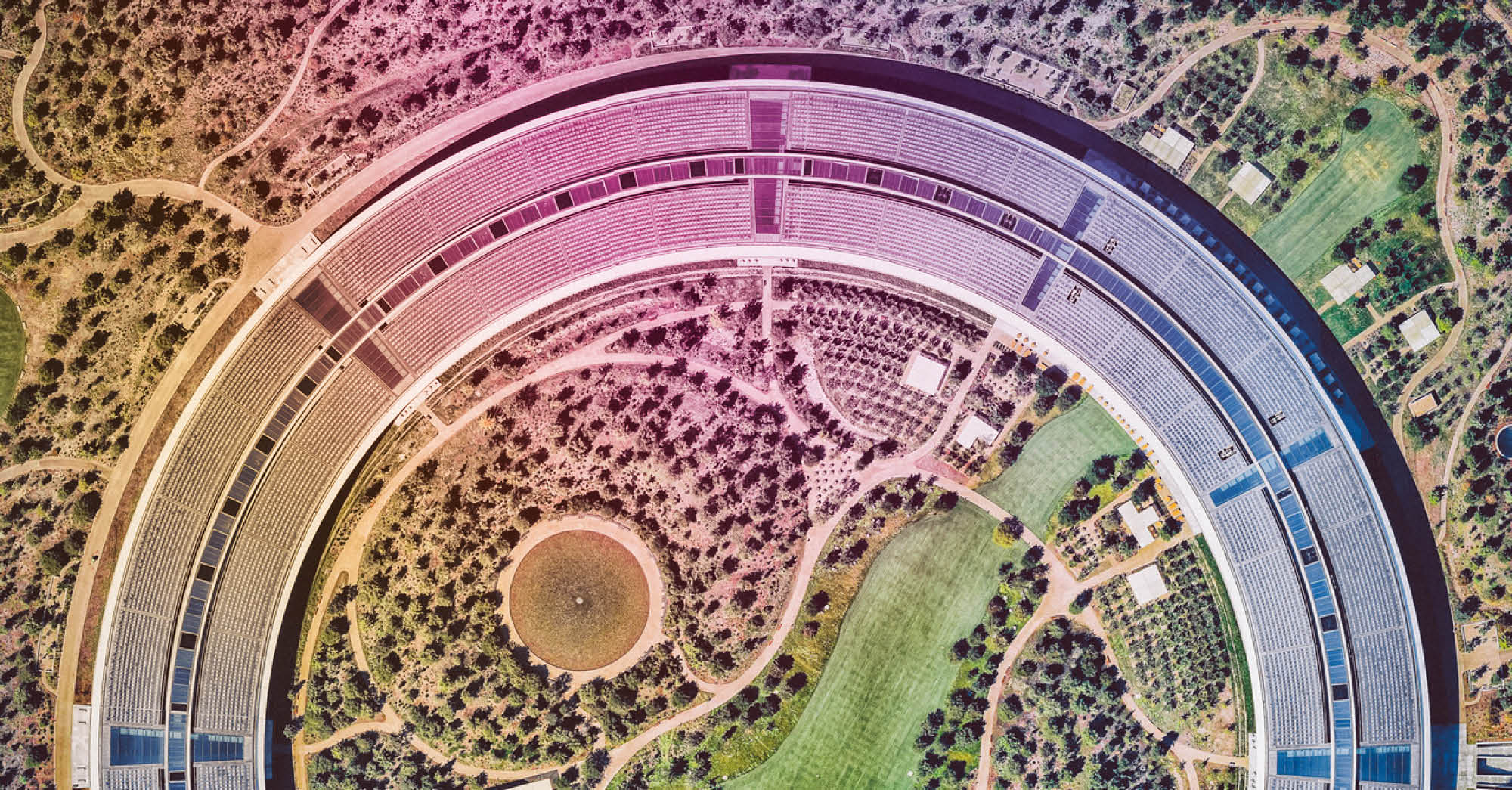Is ABW still the best model? Towards a shift in paradigm
In 1994, Dutch engineer Erik Veldhoen — a pioneer of what we now call smart working — published The Demise of the Office. Not the usual rant about Monday morning madness, but a proper manifesto. A sharp critique of the standardised, impersonal, rigid office model. And from that moment on, at least on paper, the office was never quite the same.
Thus was born the ABW model – Activity Based Working – where the activity takes centre stage: if you need to focus, you sit alone; if you need to collaborate, you head to an open space; if you need to call your accountant (or your mum), you pop into a phone booth. Finally, a space that adapts to what you’re doing. End of story? Not quite.
It’s been thirty years. In the meantime, we’ve seen the rise of the internet, new leadership styles, Covid, Gen Z and their rebellious gestures, and the return of plants to the office. And yet, in many organisations, ABW is still treated as the final destination. But is it, really?
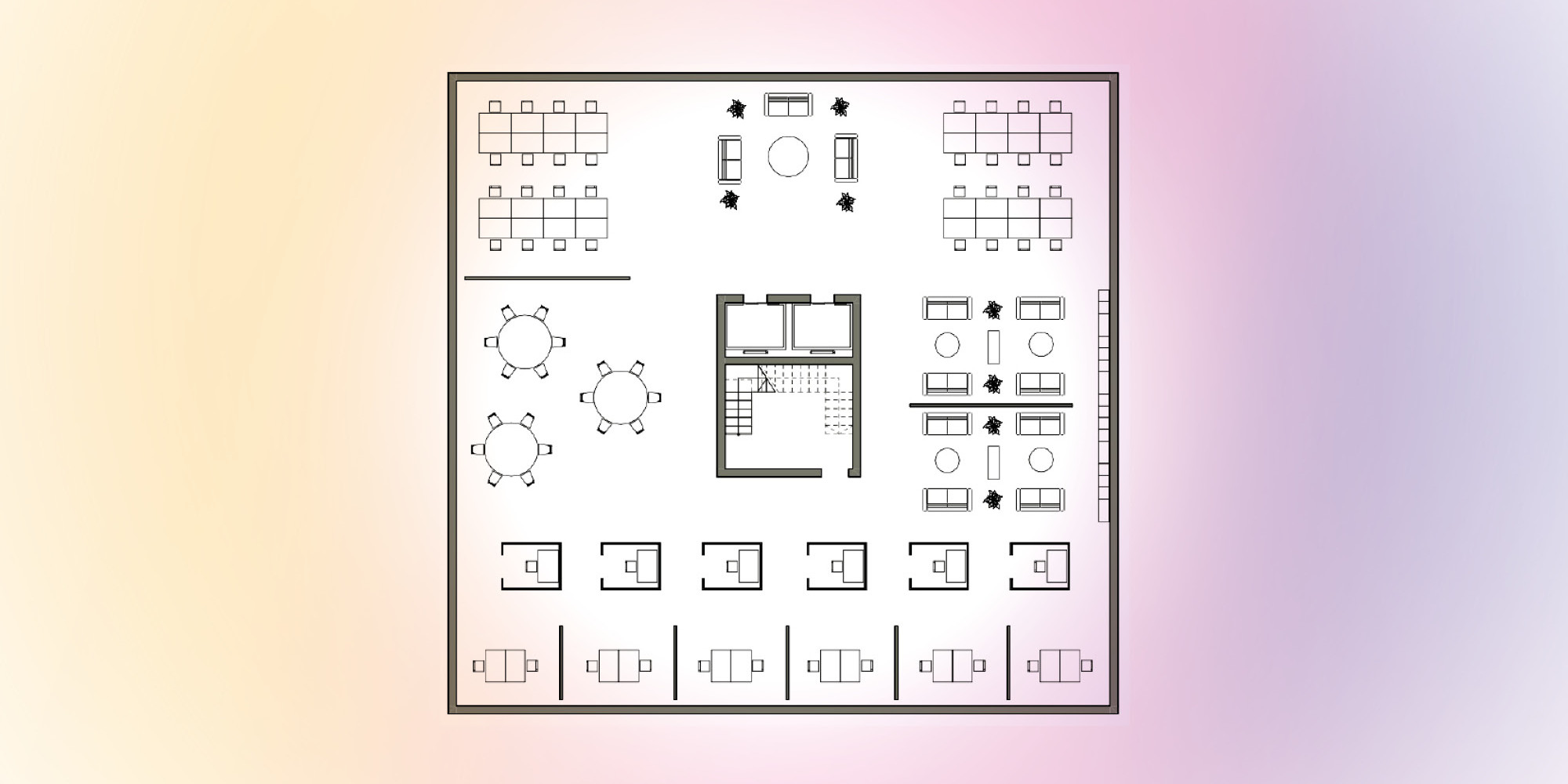
ABW worked. But we’ve moved on.
ABW was revolutionary, no doubt. It brought greater flexibility, more efficient use of space, and a boost in creativity and collaboration. But today, we work everywhere — not just where there’s a desk. Our tasks blend with our moods, time zones, Slack notifications, and serotonin swings. We’re no longer just “operational units”. We’re tired, curious, overloaded individuals searching for meaning. And this is where ABW starts to show its limits.
Because nowadays we also need other kinds of spaces: ones that allow us to recharge, to connect, and simply to exist — even when we’re not doing anything “productive”.
From activity to emotion
After years of designing spaces for tasks, we forgot about the people performing them. With their bodies, their stories, their energy levels and vulnerabilities. What if this became the new paradigm? Not a replacement for ABW, but an evolution.
A model that begins with a different question: “How does the person working here feel today?”. This is the era of hybrid work, of psychological wellbeing at the centre, of relationships as a productive force. Don’t just take our word for it — McKinsey and neuroscience agree. Perhaps it’s time to design spaces that:
– support emotional regulation, not just multitasking
– foster trust and belonging, not just “collaboration zones”
– embrace human complexity, not just its calendar
No need to throw it all away – just change the lens.
ABW took us far. But today, the challenge has shifted. Because people entering a space aren’t just looking for a desk — they’re looking for a context that understands them. Maybe now is the time for Emotional Based Working: an invitation to tune into the emotions that inhabit a space, and to design not just for what we do, but for who we are. This is only the beginning.
If this question resonates with you, or even if you’re just curious,
write to us at [email protected].
We love hearing from people who are ready to look at things differently.
A Matter of Timing: When Method Meets the Right Moment
Everyone talks about methodology, but few talk about the time it really takes to apply it. In our world – workplace design, architecture, corporate culture – time is often experienced as a race against the clock. Everything now, or everything late.
The Altis methodology was created precisely to overcome this false choice: it doesn’t slow things down, it orchestrates them. It doesn’t chase deadlines, it manages them. Because when your method is solid, time becomes an ally.
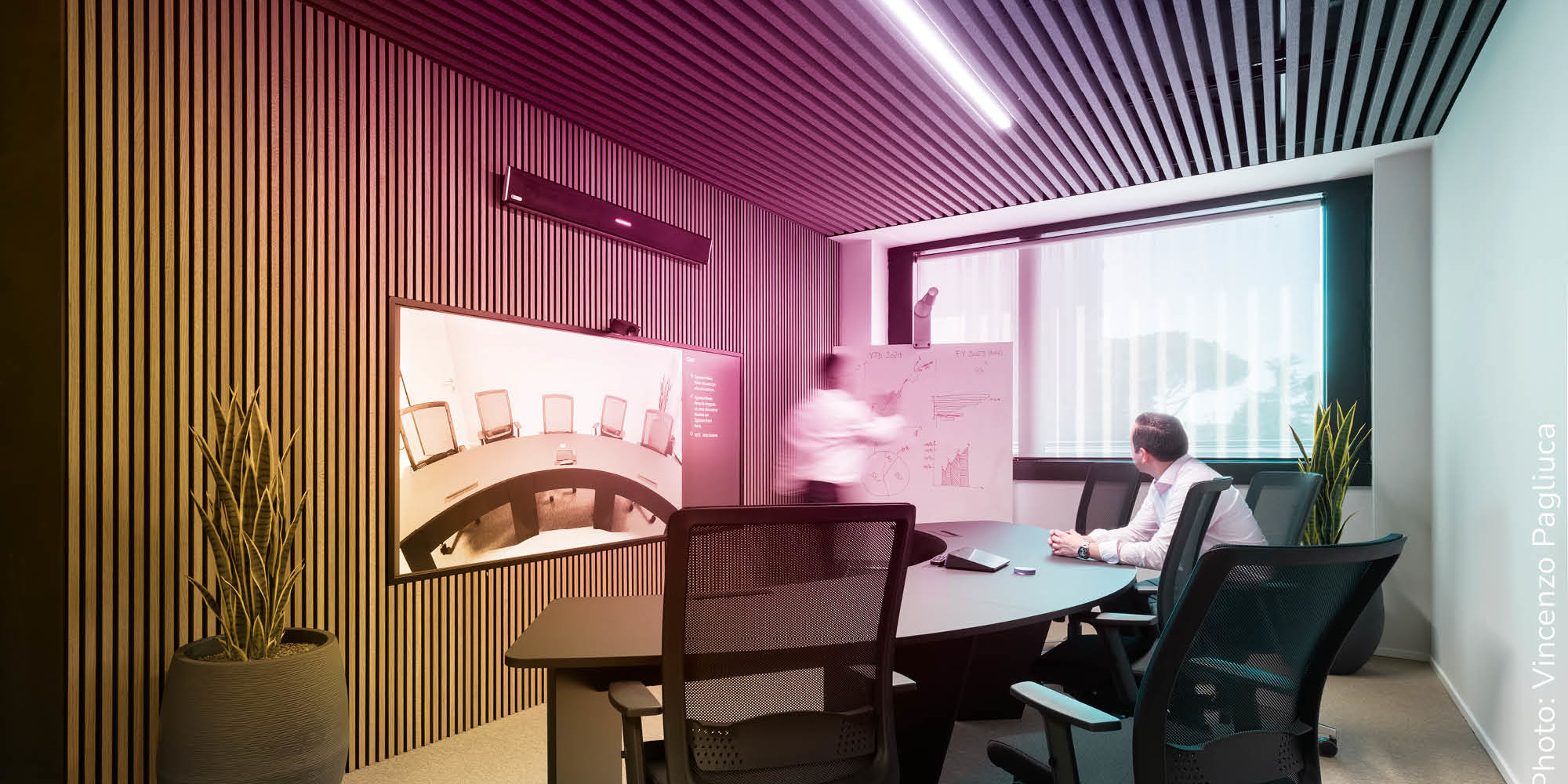
The Altis Methodology
Altis works by tuning in. First it observes, then it acts. First it listens, then it designs. First it understands, then it rewrites the rules.
Because every project has its own frequency, and our job is to catch it – before setting timelines, steps, and direction.
We’ve given our method a name: Consult – Design – Deliver
Yes, it sounds good. But more importantly, it works. Consult means opening a conversation without assumptions: we ask questions, observe the context, meet people – from the CEO to the youngest manager. Design is where thinking, data and empathy come together. We co-create scenarios, translate insights into layouts, bring needs and visions into dialogue – sometimes even a simple workshop can transform a floor plan. Deliver is more than a handover: it means leaving a lasting impact. Every space we create is also a cultural statement. It matters that the people who inhabit it feel at home, naturally.
Of course, our method includes tools. But also pauses. There are analyses and sprints – and moments of productive stillness. All of them are necessary stages. And while it might seem like lost time, to us it’s the only way not to waste it.
Our Competitive Advantage? Sensitivity
In real estate, time is a critical variable: if construction runs late, penalties follow; if the office isn’t ready, you’re paying double rent. Everything revolves around time sensitivity, yet it’s one of the hardest sectors to manage it well. Altis starts here: by delivering projects that are solid, punctual and aligned with the brief. If there’s a budget, we respect it. If there’s a deadline, we’re ready.
It’s not just about efficiency – it’s about designing with the real constraints of our clients in mind, and understanding the tangible impact of every delay – financial and organisational.
To us, reading time means this: knowing when to accelerate, when to pause and reassess, and when to simply let the idea take shape.
This isn’t flexibility – it’s conscious design, the kind that seeds real change.
On Time, On Budget. Anywhere
Altis works across several countries, collaborating with local teams to adapt our method to each context’s cultural, regulatory and operational specifics. That’s how we keep our promise: staying on time and on budget without compromising design quality. Because for us, the goal is always the same: shaping a space that works just as we – together with the client – imagined it.
If you’d like to see how we’ve helped others before you, visit www.altis-project.com or get in touch at [email protected].
We’re always up for a conversation.
The Apple Campus in Cupertino: deconstructing an icon. Or, the ethics of a facade
Everyone knows it, but few have truly experienced it. The Apple Campus in Cupertino is the secular cathedral of the 21st century: 260,000 square metres, a perfect ring designed by Norman Foster, curved glass panels everywhere – and a message that couldn’t be clearer: the future has already knocked here. But behind this geometric perfection that statically mimics an organic form, a question inevitably arises: is flawless architecture enough to reflect a work culture? Or, to put it another way: can a façade contain all the contradictions of those who work inside it? Probably not.
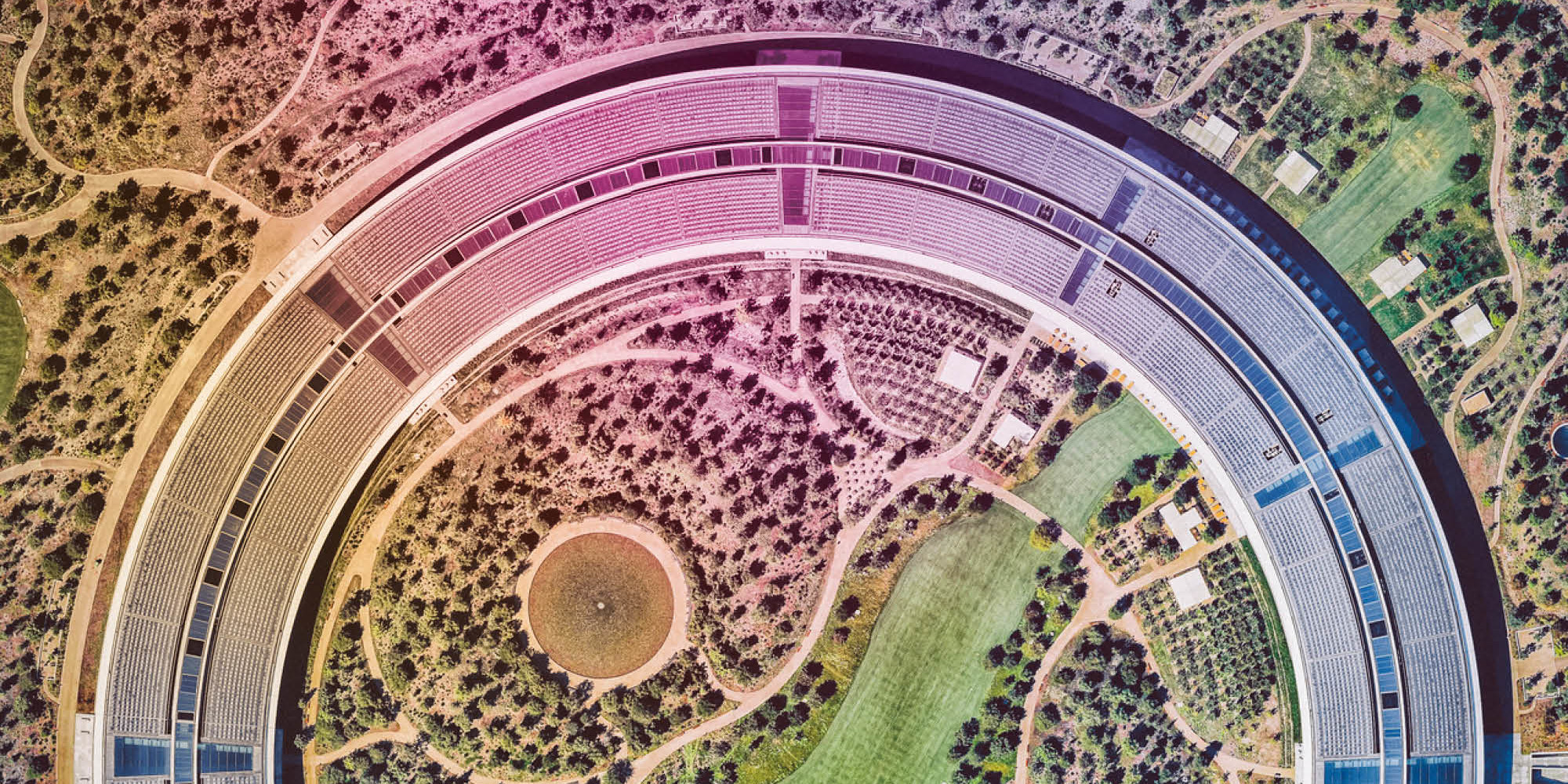
It’s not (just) about beauty
The Apple Campus is a monument to performance: vast open spaces, immaculate surfaces, diffused light. All designed to spark those “creative collisions” between employees that Steve Jobs held so dear – the same Steve who, back in the Pixar days, proposed a single central block of toilets to force people to bump into each other several times a day (a proposal eventually rejected by the execs). That principle lives on in the ring shape of Apple Park, pushed to the extreme. But did you know that when the campus first opened, many teams actually asked to stay in their old offices? Or that Apple, post-pandemic, was among the strictest in enforcing the return to office, stirring internal controversy? That’s where the narrative starts to crack. Because when the shell is louder than the experience, architecture becomes representation – and nothing more.
Caution: Beyond Form, We Need Coherence
For a space to truly work, it doesn’t just need to be beautiful – it needs to be authentic. A headquarters sends a message, but if the people inside don’t feel it belongs to them, that message loses its meaning. And this isn’t just about Apple – the issue is systemic: it’s the myth that the environment can replace culture, that all it takes is “designing” a way of working to make it effective. The point isn’t to abandon ambition or aesthetics. On the contrary: they should serve the real, everyday experience of people. Because if architecture doesn’t engage in dialogue with those who live and breathe the space, it remains a surface. And today, more than ever, we need less façade and more depth. Less object worship, more design ethics. Icons can teach us a lot – absolutely. But icons aren’t there to be copied. They’re there to be interpreted. To create a beautiful office, you need an architect. To create an office that works, you also need a method.
That’s why we like icons: they make excellent starting points for healthy debate. If you’d like to talk about it, drop us a line at [email protected].
